Contents
Needed for this class
Props for still life on theme of Spring
Black card, white card and or plain background
clip lamp
camera
Light Quality
Direct light or hard light – the rays of light are nearly parallel and strike the subject from one direction creating strong hard edged dark shadows with little detail. This type of light is characterized by quick transitions between the light areas and dark areas of the photo
Examples: a spotlight, sun on a clear day, or a bare flash
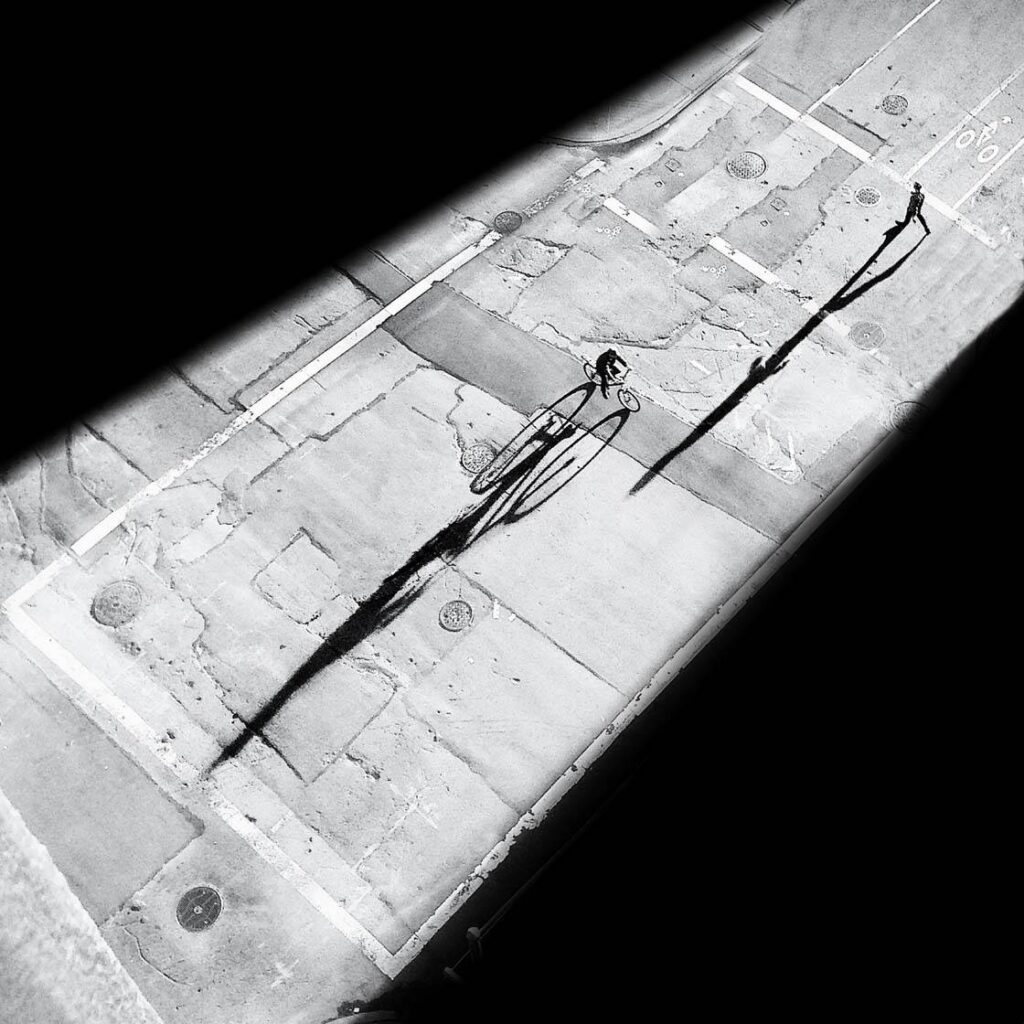
By Jason Peterson 
By Angel Ferrara 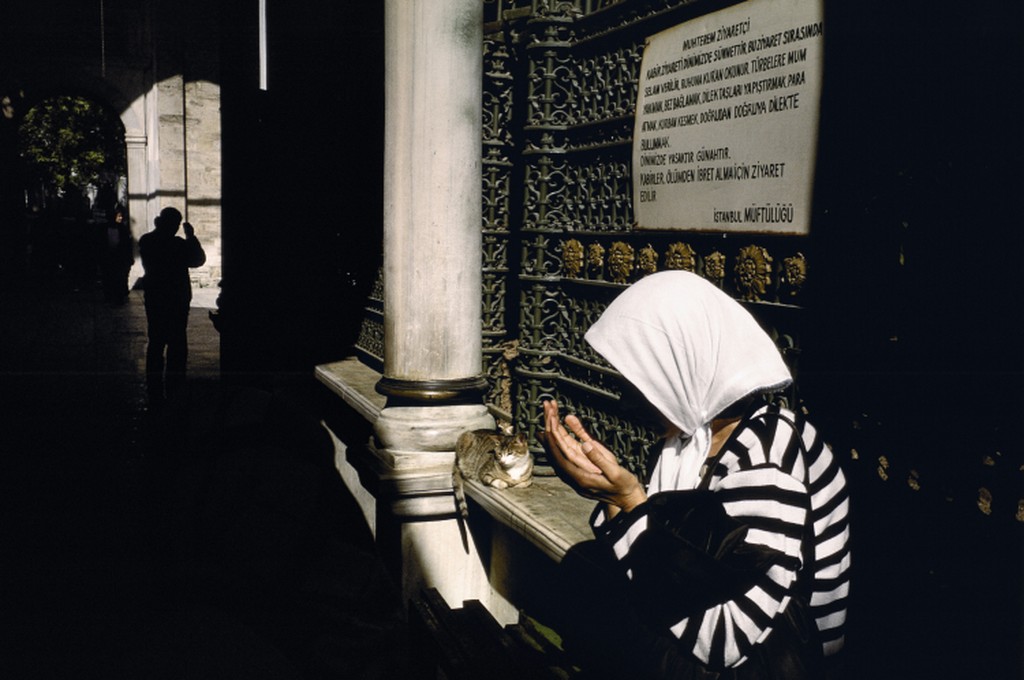
Alex Webb 2001
Diffused light or soft light– the rays of light are scattered and coming from many directions. It appears even and produces indistinct shadows. Examples: overcast daylight, a light covered with tracing paper or other translucent material.
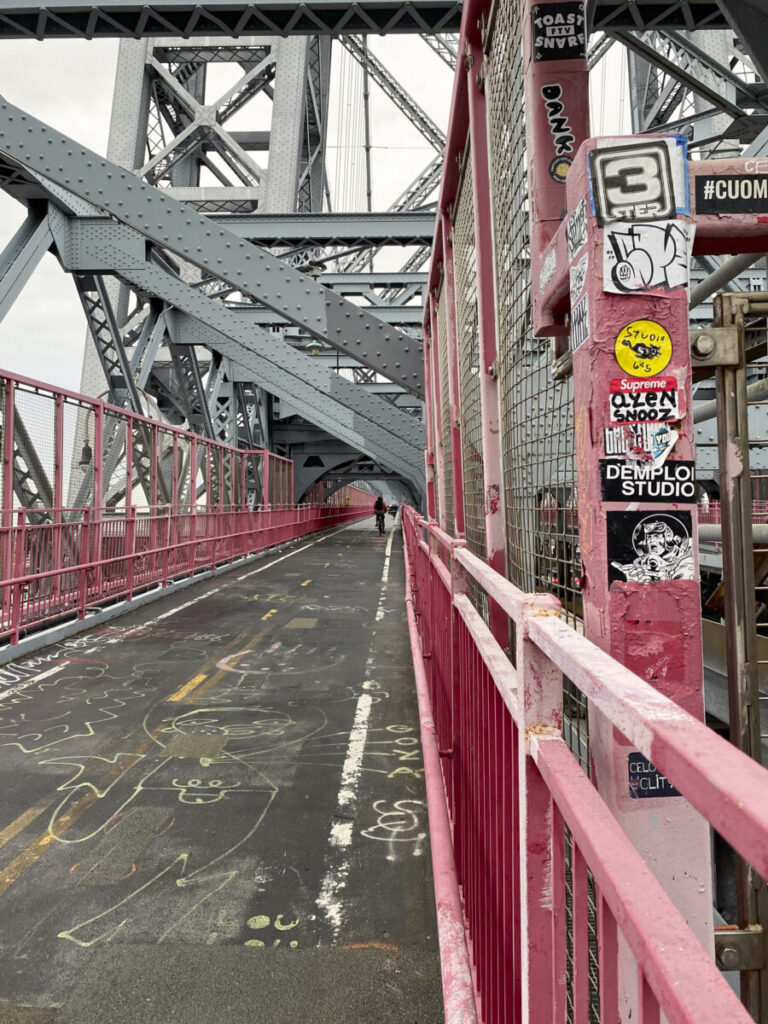
By Chantal Gomez 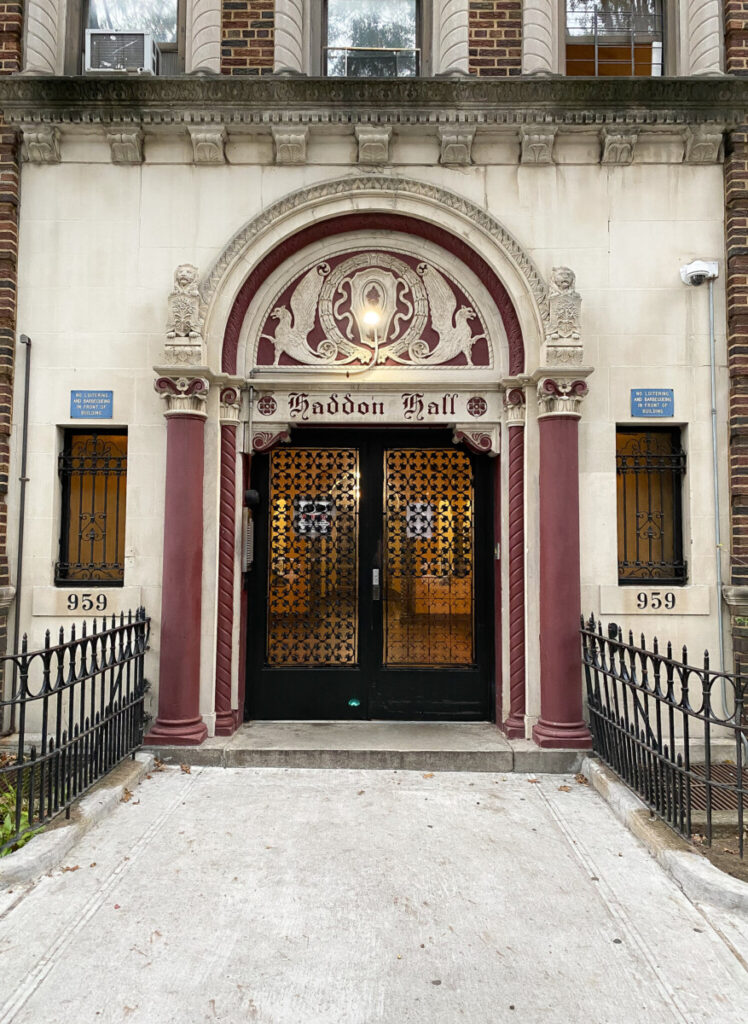
By Kimba Alleyne
Directional/Diffused Light. Soft light
This light is a combination of directional and diffused light. The light is partially diffused yet it appears to come from a definite direction and creates shadows. The shadows are less harsh and contain more detail than in direct light. More subtle transition between light and dark areas.
Examples: indirect window light, sunlight on a hazy day, sunlight on a partly cloudy day or light bouncing off a reflective surface,

Robert Maplethorpe 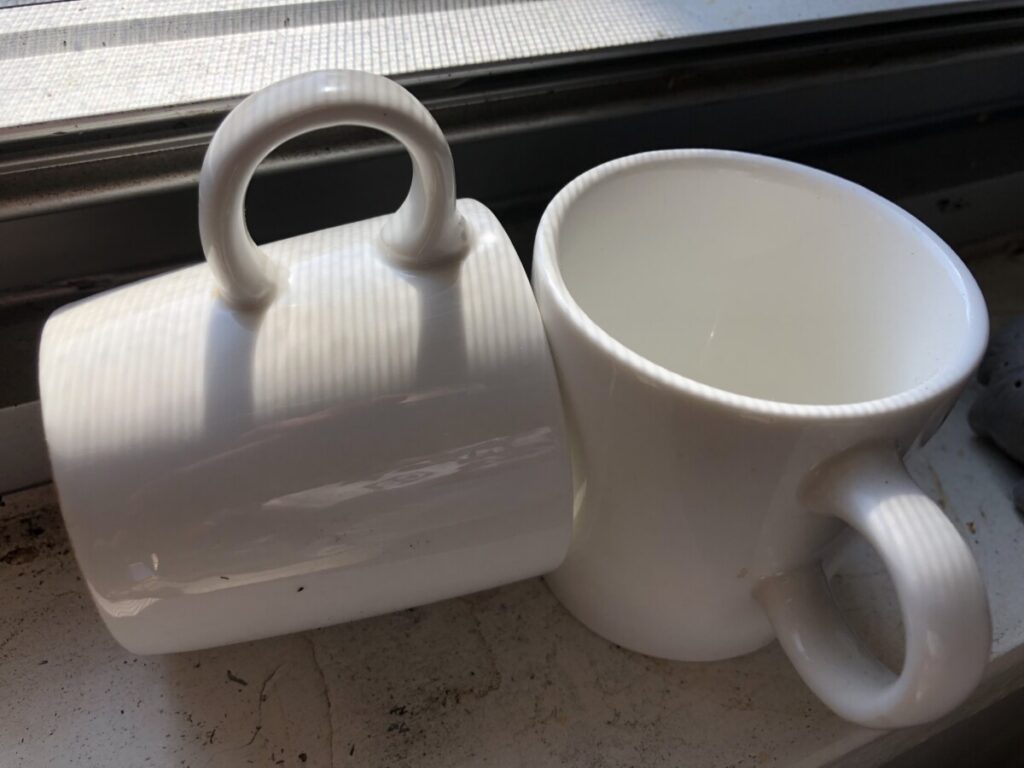
Light Direction
Front lighting: Subject is placed so the light is in front of subject and the shadows fall behind the subject not concealing any details
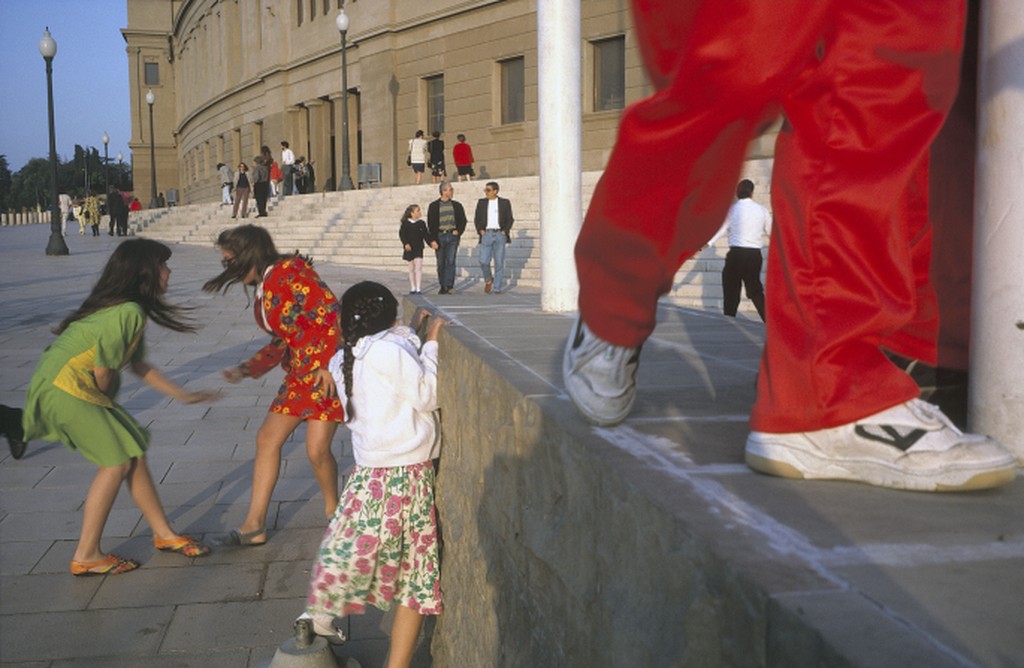
Spain1992 by Alex Webb 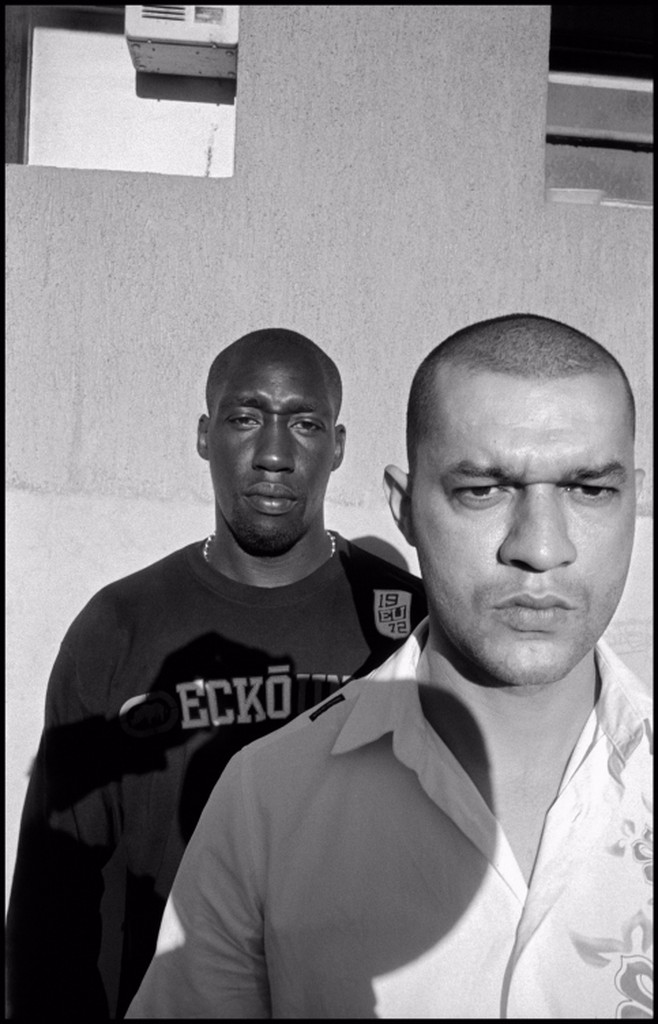
France 2005 by Bruce Gilden 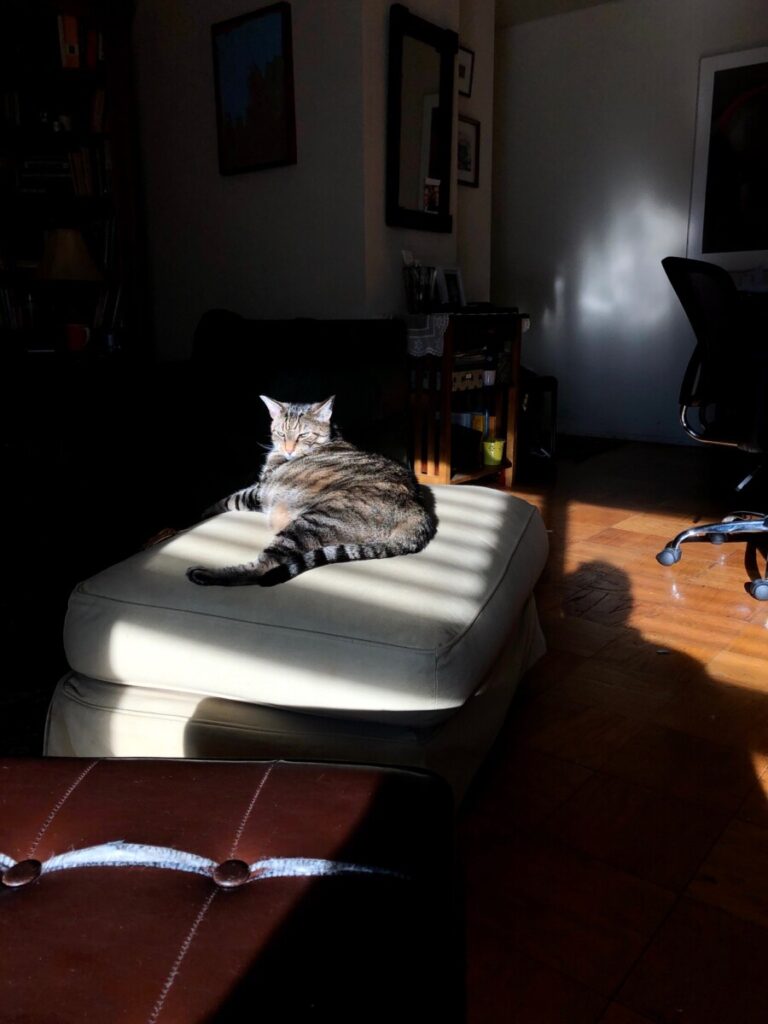
Side lighting: Subject or light is placed so the light hits from the side creating shadows and depth in the image. Direct side lighting will emphasize texture. When shooting with side lighting, watch where the shadows fall. Making small adjustments in position can create more interesting shadows.
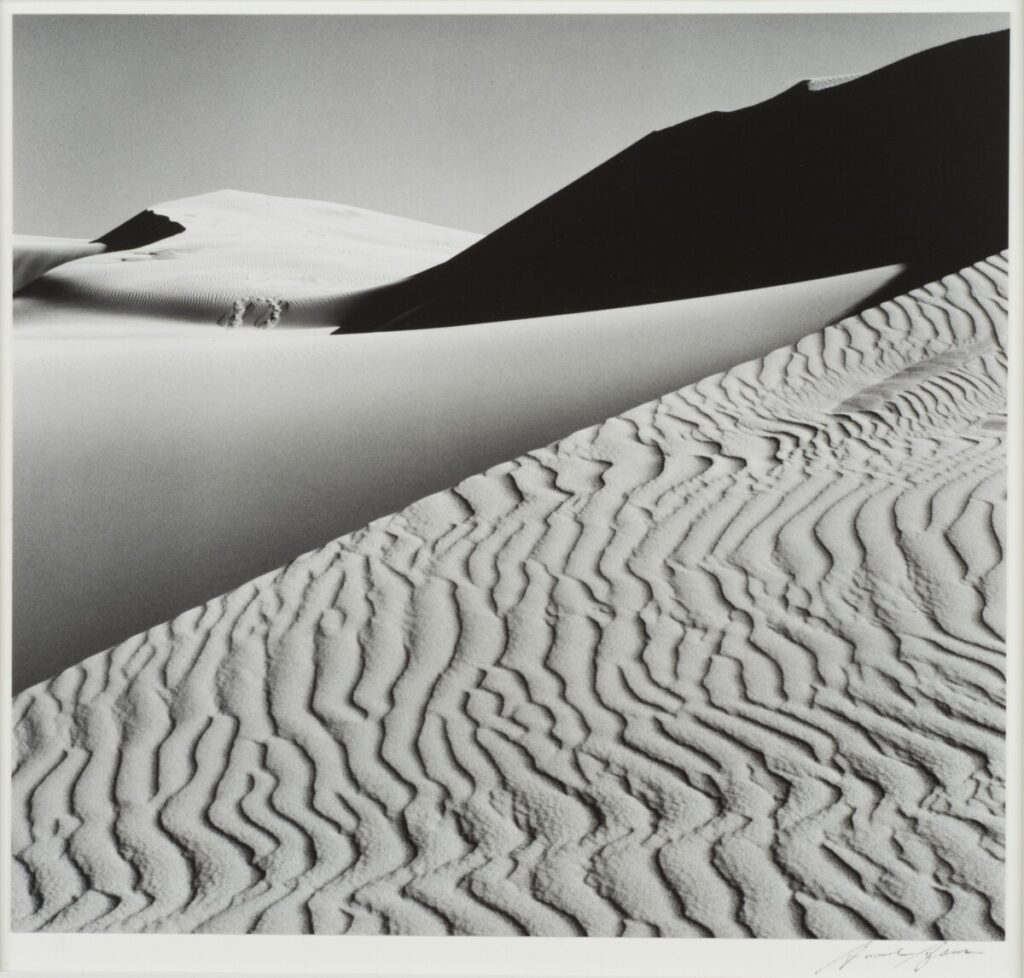
Dunes 1963 by Ansel Adams 
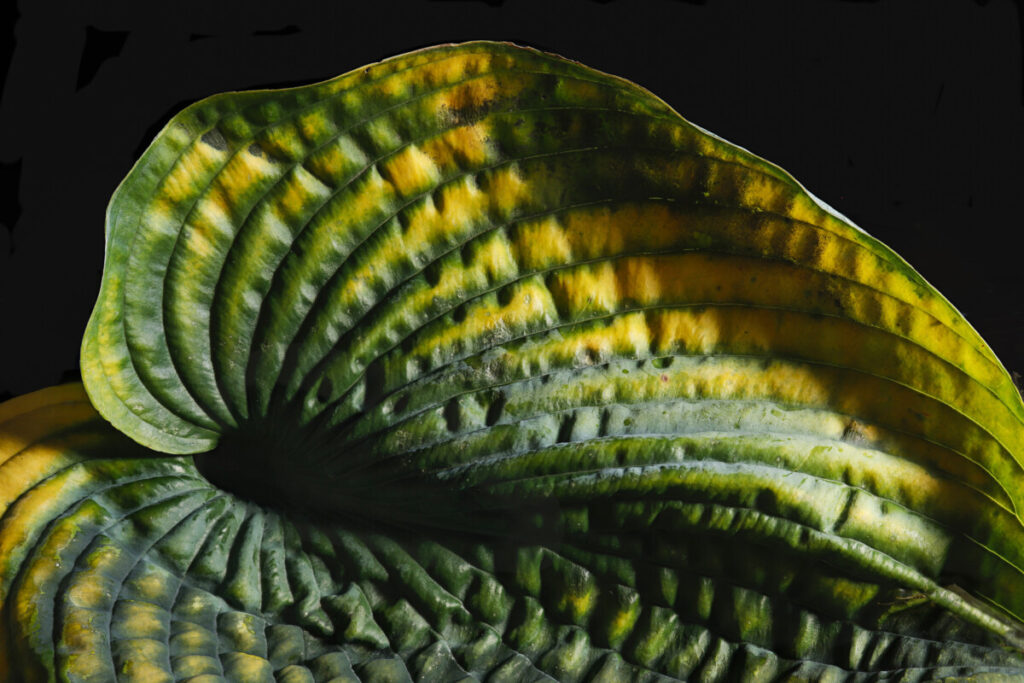
Back lighting: The light comes from behind the subject. Although this creates dramatic images, if not exposed properly a silhouette will result.
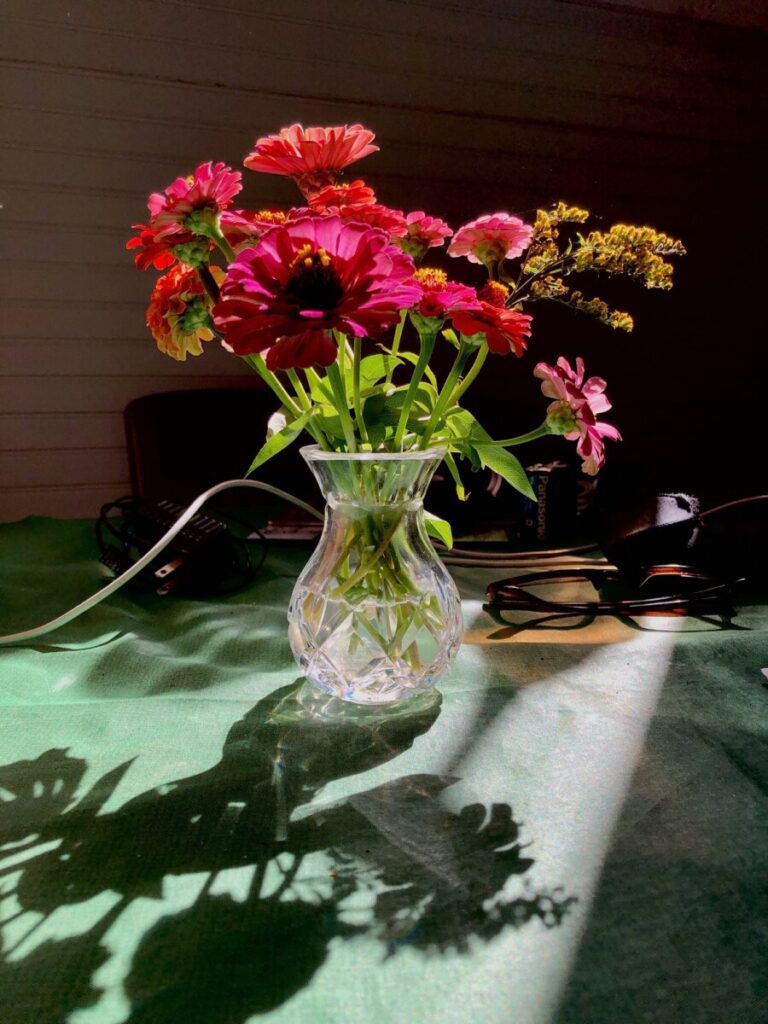
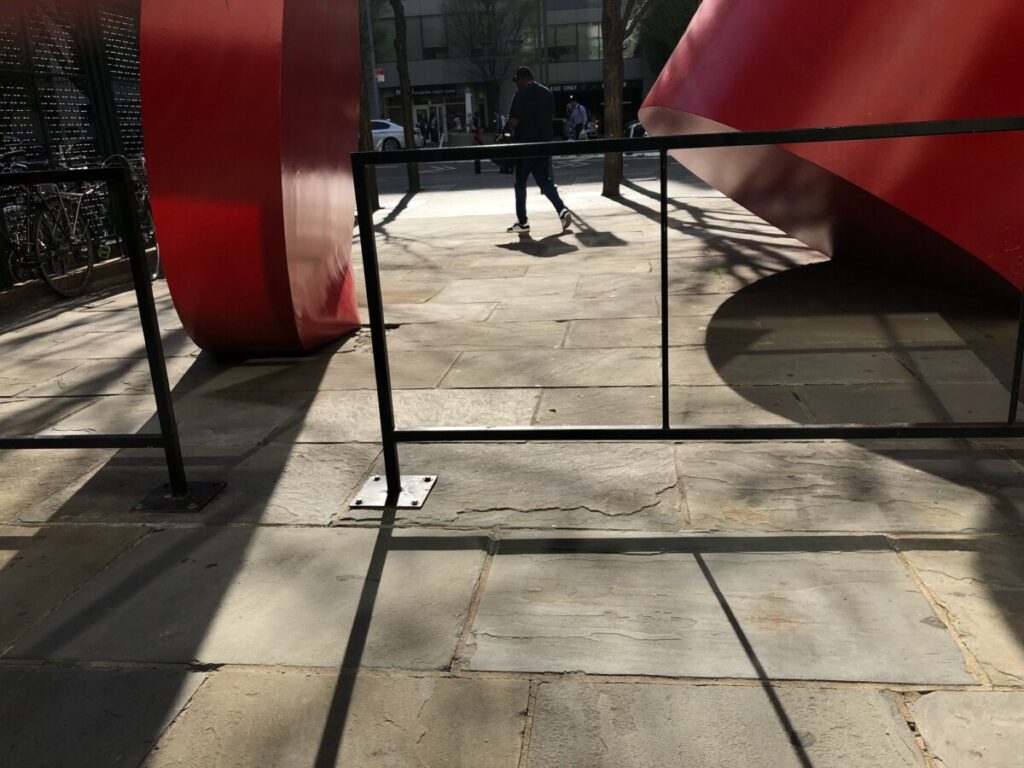




Leave a Reply